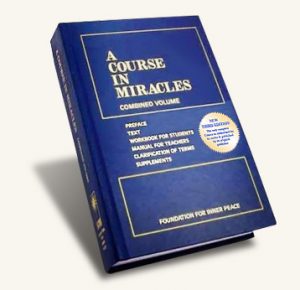Buddhism
Buddhism originated in the Indian subcontinent about 2500 years ago and was supported by royal courts but started to decline and virtually disappeared in the 11th century except in some pockets of India. It has continued to exist outside of India in many forms and is the major religion in several South Asian, East Asian and South East Asian countries.
The word Buddha comes from the word “Budhi”, “to awaken”. Siddhartha Goama was known as Buddha and became awakened (enlightened) at the age of 35. He was born into a royal family in Lumbini, now located in Nepal, in 563 BC. At 29, he realized that wealth and luxury did not guarantee happiness, so he explored the different teachings religions and philosophies of the day, to find the key to human happiness. After six years of study and meditation he finally found 'the middle path' and was enlightened. After enlightenment, the Buddha spent the rest of his life teaching the principles of Buddhism — called the Dharma, or Truth — until his death at the age of 80. He did consider himself a God and is viewed as a man who taught a path to enlightenment according to his own experiences. Each person can test the teachings of Buddhism and decide for himself or herself whether taking responsibility for our out actions and understanding bring happiness and avoid suffering.
Statues of Buddha are meant to portray a peace and compassion that reminds us to strive to develop peace and love within ourselves. Bowing to a statue of Buddha is merely an expression of gratitude for the teaching.
Buddhism is viewed by many as more of a philosophy and way of life than a religion. It is tolerant of other Spiritual paths. Its focus is on leading a moral life, being mindful and aware of thoughts and actions and to develop wisdom and understanding. It explains a purpose in life and a code of practices that leads to true happiness. The Buddhist philosophy is based on four self-evident truths and 5 Precepts.
The four noble truths
- Life includes pain, old age, disease and finally death. Buddhism explains how we can avoid suffering and become truly happy.
- Suffering is caused by craving and aversion. We will suffer if we expect others to conform to our expectations, if we want them to like us or if we don’t get something we want
- Happiness can be attained if we give up useless crating and learn to live each day at a time, not dwelling in the past or in the imagined future. We then have more time to help others, which is viewed as Nirvana.
- A Noble 8-fold path leads to the end of suffering. It relates to living a moral life through what we say and how we make our livelihood, being mindful and developing wisdom by living these Four Noble Truths.
5 Precepts
The moral codes contained in Buddhism are the following precepts.
- Not to take the life of anything.
- Not take anything not freely given.
- Abstain from sexual misconduct or sensual overindulgence.
- Refrain from untrue speech.
- Avoid intoxication (loosing mindfulness).
Two main components of all forms of Buddhism are Karma and Dharma.
Karma
One of the key elements to this code is Karma. In Sanskrit the word means action or activity. It is commonly understood as a term to denote the entire cycle of cause and effect as described in the philosophies of a number of cosmologies, including those of Buddhism and Hinduism.
Karma is a central part of Buddhist teachings. In Buddha's teaching, karma is a direct intentional result of a person's word, thought, and action in life. Earlier ancient meanings of karma had to do with whether the actions performed in rituals are done correctly or not. Therefore, there is little emphasis on moral conduct in its original conception. In Buddhism, since a person's word, thought, and action form the basis for good and bad karma, sila (moral conduct) goes hand in hand with the development of meditation and wisdom
Dharma
Dharma means Natural Law, Reality or Duty might be considered the Way of the Higher Truths. The general concept of dharma forms a basis for philosophies, beliefs and practices originating in India including Hinduism, Jainism and Sikhism.
Each path retains the centrality of dharma in their teachings. In these traditions, beings that live in harmony with dharma proceed more quickly toward “Personal liberation”. Dharma can refer generally to religious duty and also mean social order, right conduct, or simply virtue.


